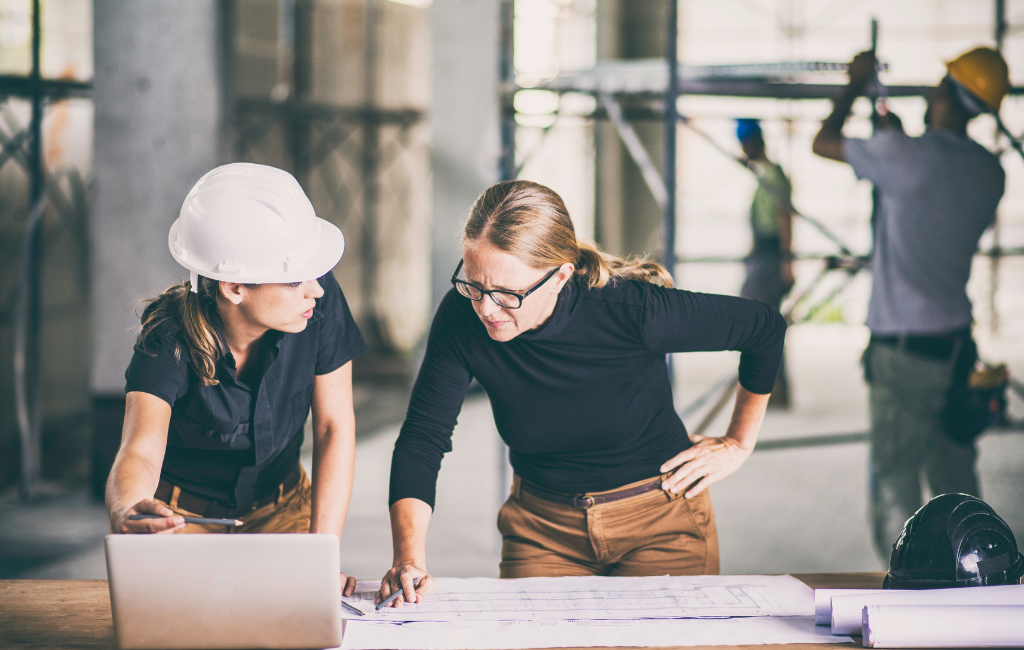Architect for the Modern Age: Designing with Purpose and Style
In the 21st century, architecture has evolved beyond mere construction. It has become a blend of art, science, and technology, aiming to create spaces that are not only functional but also aesthetically pleasing and sustainable. This article explores the principles and practices that define modern architecture, highlighting the importance of designing with purpose and style.
The Evolution of Modern Architecture
Modern architecture has its roots in the early 20th century, with movements such as Bauhaus and De Stijl emphasizing simplicity, functionality, and the use of new materials. Over the decades, these principles have been refined and expanded, leading to the diverse and innovative designs we see today.
Key Principles of Modern Architecture
- Functionality: Modern buildings are designed to serve specific purposes efficiently.
- Simplicity: Clean lines and minimalistic designs are hallmarks of modern architecture.
- Innovation: The use of new materials and technologies to create unique structures.
- Sustainability: Incorporating eco-friendly practices to reduce environmental impact.
Designing with Purpose
Purpose-driven design focuses on creating spaces that meet the needs of their users. This involves understanding the function of the building, the behavior of its occupants, and the context in which it exists.
Case Study: The Edge, Amsterdam
The Edge in Amsterdam is a prime example of purpose-driven design. This office building, often referred to as the “smartest building in the world,” uses advanced technology to create a highly efficient and comfortable workspace. Features include:
- Energy Efficiency: The building generates more energy than it consumes, thanks to solar panels and an innovative energy management system.
- Smart Technology: Sensors throughout the building monitor lighting, temperature, and occupancy, optimizing the environment for productivity and comfort.
- Flexibility: The design allows for various workspaces, from quiet zones to collaborative areas, catering to different work styles.
Designing with Style
Style in architecture is about creating visually appealing spaces that reflect cultural and personal identities. Modern architects often draw inspiration from various sources, blending traditional and contemporary elements to create unique designs.
Case Study: The Guggenheim Museum, Bilbao
The Guggenheim Museum in Bilbao, designed by Frank Gehry, is a masterpiece of modern architecture. Its distinctive design has made it an iconic landmark, attracting millions of visitors. Key features include:
- Innovative Use of Materials: The building’s titanium cladding creates a shimmering effect, changing appearance with the light.
- Organic Forms: The museum’s flowing, curved shapes contrast with the rigid structures of the surrounding cityscape.
- Integration with the Environment: The design incorporates the nearby river, creating a harmonious relationship between the building and its surroundings.
The Role of Technology in Modern Architecture
Technology plays a significant role in modern architecture, enabling architects to push the boundaries of design and construction. From computer-aided design (CAD) software to advanced building materials, technology has revolutionized the field.
Examples of Technological Innovations
- 3D Printing: This technology allows for the creation of complex structures with precision and efficiency.
- Building Information Modeling (BIM): BIM software helps architects and engineers collaborate more effectively, improving the design and construction process.
- Smart Materials: Materials that can change properties in response to environmental conditions, such as self-healing concrete and thermochromic glass.
Sustainability in Modern Architecture
Sustainability is a key consideration in modern architecture, with a focus on reducing the environmental impact of buildings. This involves using eco-friendly materials, energy-efficient systems, and sustainable design practices.
Case Study: Bosco Verticale, Milan
Bosco Verticale, or “Vertical Forest,” in Milan is a striking example of sustainable architecture. These residential towers are covered in thousands of trees and plants, providing numerous environmental benefits:
- Air Quality: The vegetation helps to filter pollutants and improve air quality.
- Energy Efficiency: The plants provide natural insulation, reducing the need for heating and cooling.
- Biodiversity: The towers create a habitat for various species, promoting urban biodiversity.
Conclusion
Modern architecture is a dynamic and evolving field, characterized by a commitment to functionality, innovation, and sustainability. By designing with purpose and style, architects can create spaces that not only meet the needs of their users but also enhance the environment and reflect cultural identities. As technology continues to advance, the possibilities for modern architecture are limitless, promising a future of even more innovative and inspiring designs.
